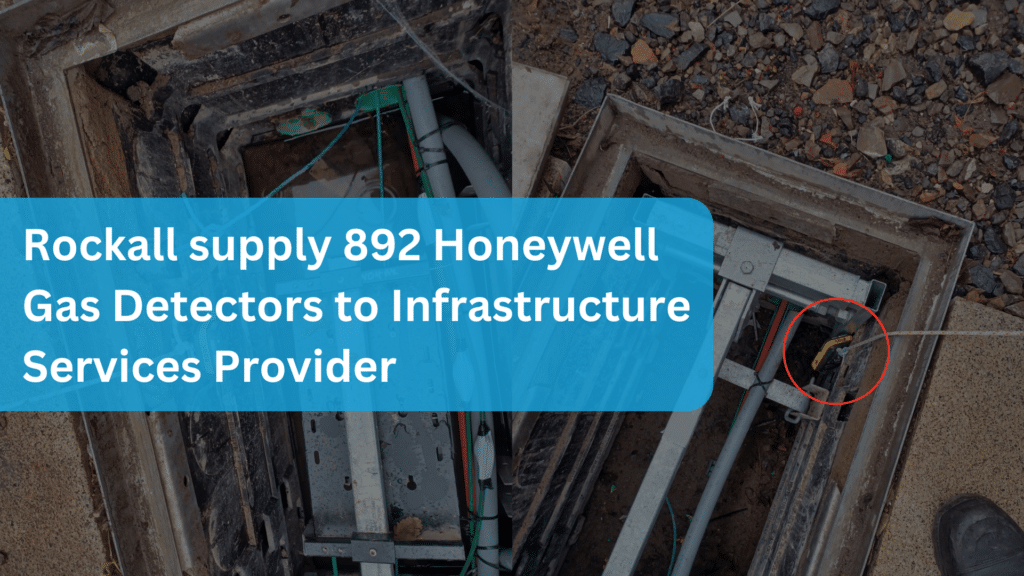Gas Detection in the Wastewater Industry – Every day, over 50 million household and non-household consumers in England and Wales benefit from high-quality water, sanitation, and drainage services provided by privately-owned companies. Since the privatisation of the water and sewerage industry in 1989, a regulatory framework has ensured that consumers receive high standards of service at a fair price. This framework has enabled investments exceeding £130 billion in maintaining and improving assets and services, while also ensuring compliance with relevant legislation.
Environment Agency
The environmental regulator for England, advising the government and protecting the environment. They work with various organizations to reduce flood risk and promote sustainable development.
Drinking Water Inspectorate (DWI)
The DWI ensures that water companies in England and Wales supply safe drinking water by:
Natural England
Natural England advises the government on protecting and improving England’s natural environment, providing practical, science-based advice.
Maps of Water Company Areas
Ofwat produces digital maps of water and sewerage undertaker boundaries as GIS shapefiles for
geospatial analysis. The definitive legal record remains the maps and information set out in the companies’ appointments. GIS shapefiles can be downloaded from the House of Commons Library website.
The wastewater industry plays a pivotal role in maintaining public health and environmental safety by treating and managing water from households, industries, and stormwater systems. However, this sector is fraught with potential hazards, not least of which is the presence of toxic and explosive gases. Effective gas detection is not only a regulatory necessity but also a critical safety measure that protects workers, the public, and the environment.
The Presence of Hazardous Gases
In wastewater treatment plants, the breakdown of organic matter in sewage and sludge can produce a variety of hazardous gases. Among these, hydrogen sulfide, methane, and carbon dioxide are particularly concerning. Hydrogen sulfide, often recognised by its characteristic “rotten egg” odour, is highly toxic even at low concentrations. Methane, while non-toxic, poses a significant explosion risk due to its flammability. Carbon dioxide, in confined spaces, can displace oxygen, leading to asphyxiation.
The formation of these gases is often exacerbated in enclosed spaces such as tanks, pipelines, and confined work areas, where ventilation may be limited. The risks are compounded by the fact that these gases can be odourless, colourless, and invisible to the naked eye, making detection by human senses
unreliable.
The Role of Gas Detection Systems
Gas detection systems serve as the first line of defence in identifying and mitigating these risks. These systems, equipped with sensors, continuously monitor the atmosphere for dangerous levels of gases and alert personnel to potential hazards. Modern gas detectors can be either fixed or portable, each serving distinct but complementary roles. Fixed detectors are strategically installed at potential leakage points, while portable detectors are worn by personnel, providing real-time data as they move through different zones.
The integration of advanced technologies like wireless communication and data logging in gas detectors has significantly enhanced safety protocols. These technologies enable the continuous monitoring of gas levels and can trigger automatic safety measures such as ventilation activation or system shutdowns in case of detected anomalies. Moreover, real-time alerts sent to central monitoring systems ensure that any detected hazard is addressed promptly, preventing accidents before they occur.
Gas Detection in the Wastewater Industry – Regulatory Compliance and Ethical Responsibility
In the United Kingdom, wastewater regulations are governed by a comprehensive framework of laws, standards, and guidelines designed to protect public health and the environment. The key regulatory bodies involved include the Environment Agency (EA), the Scottish Environment Protection Agency (SEPA), Natural Resources Wales (NRW), and the Northern Ireland Environment Agency (NIEA).
Compliance with these regulations not only helps avoid legal liabilities but also demonstrates a company’s commitment to the safety and well-being of its employees and the community. The costs associated with non-compliance, including fines, litigation, and reputational damage, far outweigh the investment in proper gas detection systems.
Beyond regulatory compliance, there is an ethical responsibility to protect the workforce and the environment. The wastewater industry often operates in close proximity to residential areas and natural ecosystems. Failure to detect and control hazardous gases can result in harmful emissions, contributing to air pollution and posing risks to local communities and wildlife.
Check out our Youtube channel – Rockall Safety – YouTube
For more information on on the wastewater industry, and recommended products, view the wastewater industry guide below!






